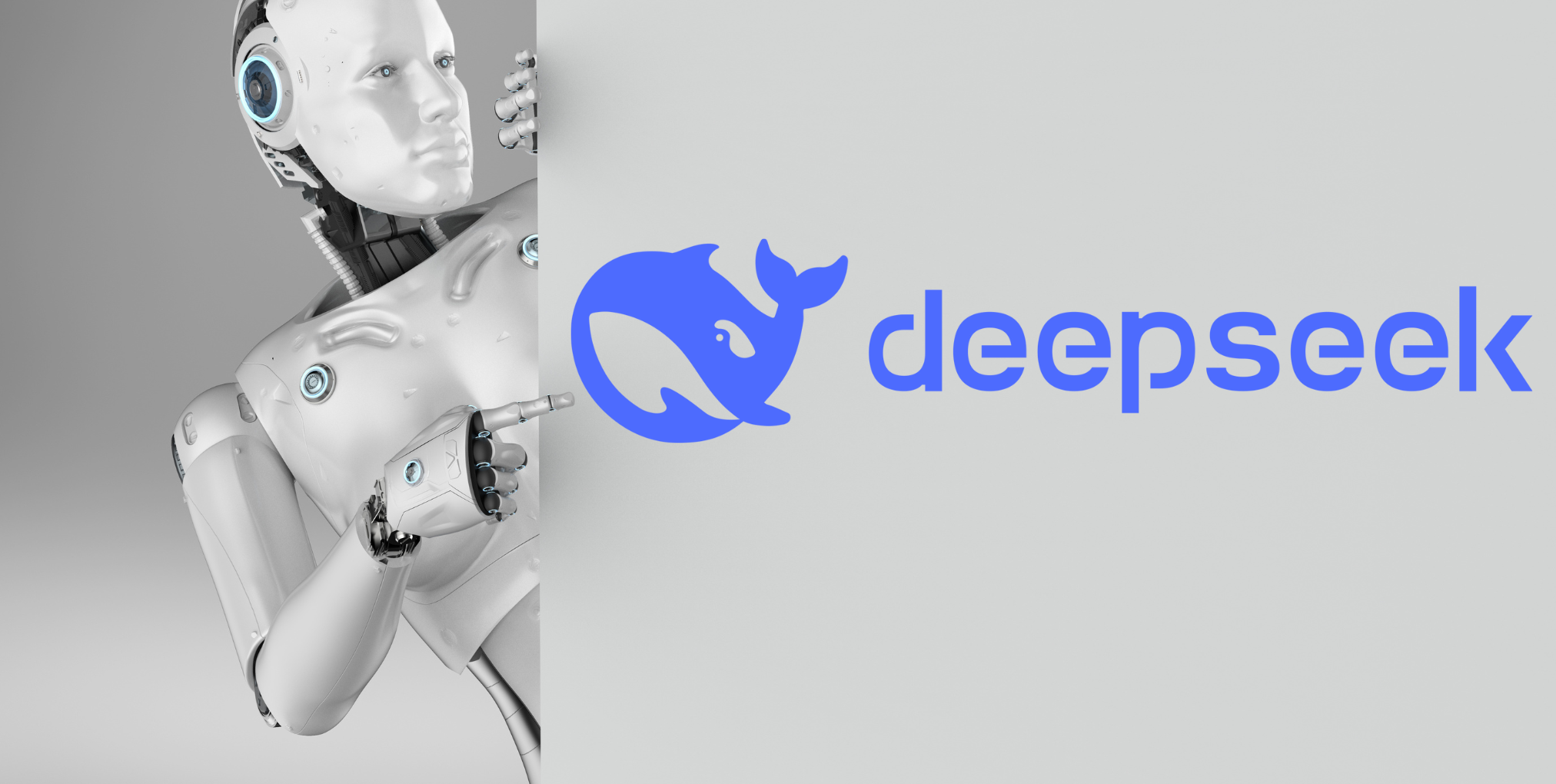In the rapidly evolving world of artificial intelligence, one trend is becoming impossible to ignore, the rise of open-source models. At the forefront of this shift is DeepSeek, a Chinese AI startup that is challenging the dominance of tech giants like OpenAI and Google. This movement has sparked what many are now calling an open-source AI revolution one that’s redefining who holds power in the AI race.
The Rise of DeepSeek and Its Disruptive Power
DeepSeek’s entry into the global AI scene has sent shockwaves through the industry. With its release of DeepSeek-V2 and DeepSeek Coder-V2, the company demonstrated that cutting edge large language models (LLMs) no longer have to come with billion dollar budgets. These models, trained with relatively modest resources, have managed to match or outperform established tools on several benchmarks.
What makes DeepSeek’s success remarkable is not just the performance, but the approach. Their models are open source, giving developers, researchers, and startups worldwide access to sophisticated AI without the limitations of closed systems. This has helped ignite the broader open-source AI revolution, empowering innovation outside traditional tech strongholds.
One of DeepSeek’s most talked-about achievements is DeepSeek Coder-V2, an open source language model optimized for coding tasks. Trained with a focus on reasoning, programming, and multi language support, this model has become a powerful tool for developers.
For instance, Ali Khan, a freelance developer based in Pakistan, shared his personal experience. DeepSeek Coder-V2 has completely changed how I work. It understands complex logic, supports dozens of programming languages, and even helps me debug in real time.
And best of all it’s free and open to all. Such stories highlight how the open-source AI revolution is leveling the playing field for tech talent across the globe.
Why Open Source Matters More Than Ever
Experts in the AI field are beginning to see open source not as a secondary option, but as the future of responsible and inclusive AI development. Dr. Lina Zhou, an AI ethics professor at the University of California, explains. Open source models allow transparency in training data and architecture. That’s vital for accountability, especially when AI decisions impact healthcare, law, and finance. Closed systems can’t offer the same visibility.
Yann LeCun, Meta’s Chief AI Scientist, has also been vocal in supporting open models. According to him, the open-source AI revolution is not just about access it’s about building trust and collaboration in a fast moving field.
In response to this growing trend, OpenAI recently made a bold move, it released its first open source models in over six years. The GPT OSS series includes versions that are optimized for use on laptops and mobile devices making powerful AI available even without cloud infrastructure.
This shift marks a significant turn for OpenAI, which had largely kept its most advanced models closed source due to concerns over misuse. However, as global competitors like DeepSeek show that open innovation can be both powerful and safe, even the biggest players are rethinking their strategies.
Challenges in the Open-Source AI Revolution
While the movement has been largely positive, it’s not without its concerns. Open source models can be misused for example, to generate disinformation, deepfakes, or harmful content. Additionally, there are risks related to bias, especially if the training data lacks diversity or is influenced by geopolitical agendas.
Some reports suggest that models from certain regions are tuned to align with local political ideologies. In DeepSeek’s case, independent testing revealed the model avoids certain sensitive political topics, raising questions about neutrality.
Despite this, most experts agree that open source development when done responsibly is still more transparent and correctable than opaque, proprietary systems.
Sara Mendez, a computer science student from Mexico, shared how DeepSeek’s open source tools impacted her academic life. Before, I relied on free trial versions of popular tools that had so many limitations. But with DeepSeek V2, I could run complex queries and even build a prototype chatbot for my thesis. It felt like having a top-tier AI lab in my bedroom.
Such stories show how the open-source AI revolution is breaking down barriers, allowing talent from all corners of the world to compete, contribute, and innovate.
As the movement grows, it’s reshaping how nations approach AI. The United States government has urged its tech firms to embrace openness in the face of China’s growing influence. At the same time, European nations are pushing for transparent, ethical AI development further pushing the case for open source standards.
We are witnessing a shift from closed AI empires to a global AI commons a decentralized environment where innovation is shared, not hoarded. The open-source AI revolution is more than a trend it’s a transformation of the very foundations of artificial intelligence. By making high quality tools accessible to everyone, it is unleashing a new wave of creativity, inclusion, and ethical awareness.
Whether you’re a solo developer in Nairobi, a student in São Paulo, or a researcher in Berlin, open source AI puts cutting edge tools in your hands. As DeepSeek, OpenAI, and others pave the way, one thing becomes clear, the future of AI isn’t locked behind a paywall it’s being built in the open, by and for the world.

